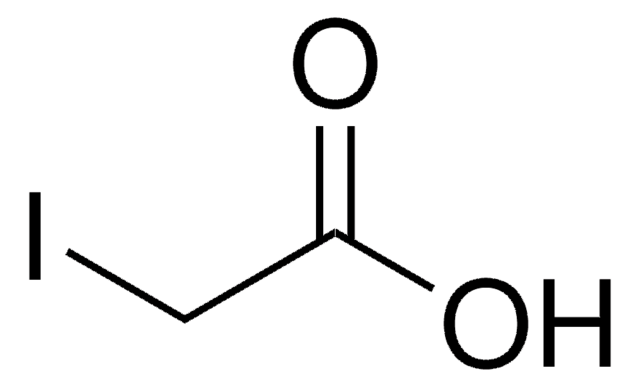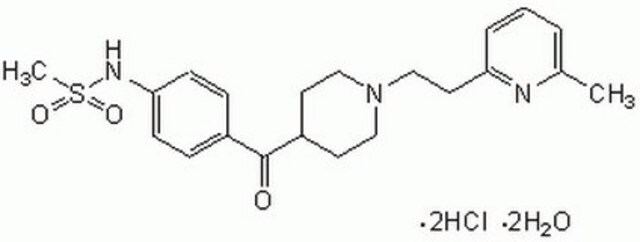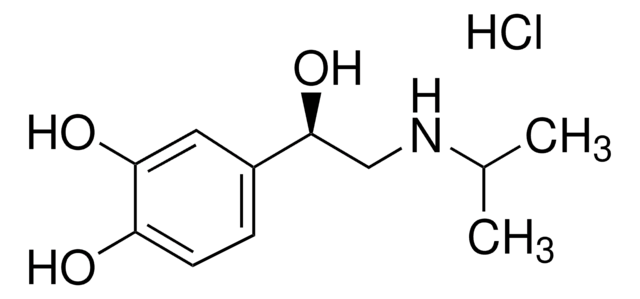M5060
E-4031
≥98% (HPLC), lyophilized powder
Sinónimos:
N-[4-[[1-[2-(6-Methyl-2-pyridinyl)ethyl]-4-piperidinyl]carbonyl]phenyl]methanesulfonamide dihydrochloride
About This Item
Productos recomendados
Análisis
≥98% (HPLC)
formulario
lyophilized powder
condiciones de almacenamiento
desiccated
técnicas
cell culture | embryo: suitable
color
white
solubilidad
H2O: soluble
temp. de almacenamiento
−20°C
cadena SMILES
Cl.Cl.Cc1cccc(CCN2CCC(CC2)C(=O)c3ccc(NS(C)(=O)=O)cc3)n1
InChI
1S/C21H27N3O3S.2ClH/c1-16-4-3-5-19(22-16)12-15-24-13-10-18(11-14-24)21(25)17-6-8-20(9-7-17)23-28(2,26)27;;/h3-9,18,23H,10-15H2,1-2H3;2*1H
Clave InChI
ZQBNWMFBOSOOLX-UHFFFAOYSA-N
Aplicación
- human ether-a-go-go-related gene (hERG) blocker in human-induced pluripotent stem cell-derived cardiomyocytes (hiPSC-CMs)
- IKr blocker in long QT syndrome (LQTS) induced pluripotent stem (iPSCs) embryoid bodies
- IKr blocker in rat ventricular myocytes
Acciones bioquímicas o fisiológicas
Características y beneficios
Código de clase de almacenamiento
11 - Combustible Solids
Clase de riesgo para el agua (WGK)
WGK 3
Punto de inflamabilidad (°F)
Not applicable
Punto de inflamabilidad (°C)
Not applicable
Equipo de protección personal
Eyeshields, Gloves, type N95 (US)
Certificados de análisis (COA)
Busque Certificados de análisis (COA) introduciendo el número de lote del producto. Los números de lote se encuentran en la etiqueta del producto después de las palabras «Lot» o «Batch»
¿Ya tiene este producto?
Encuentre la documentación para los productos que ha comprado recientemente en la Biblioteca de documentos.
Los clientes también vieron
Nuestro equipo de científicos tiene experiencia en todas las áreas de investigación: Ciencias de la vida, Ciencia de los materiales, Síntesis química, Cromatografía, Analítica y muchas otras.
Póngase en contacto con el Servicio técnico












